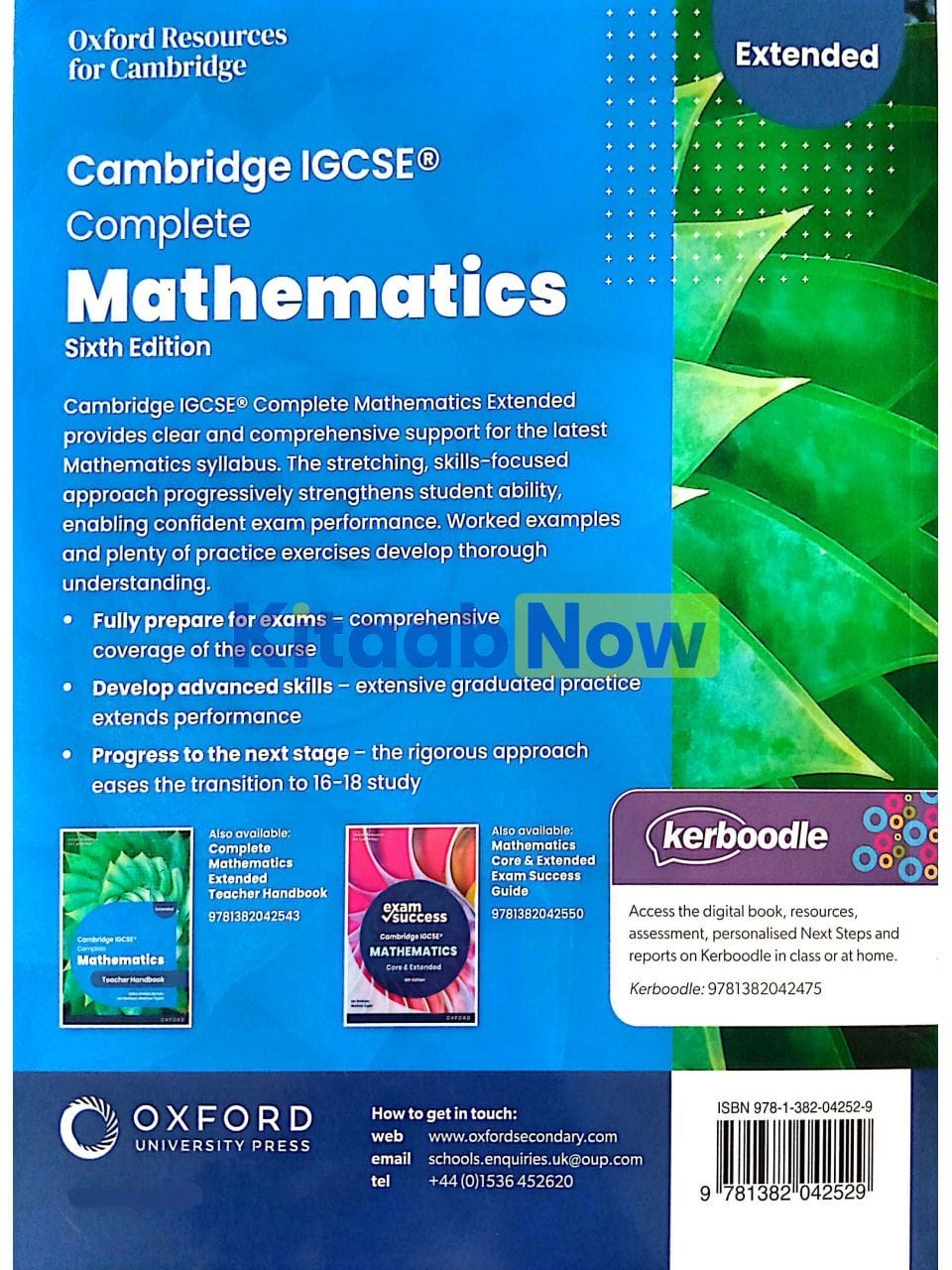

**You blog for sixteen years and what do you receive**
**Twelve thousand remarks[1] and a hell of a reputation**
**You can inform St. Peter that I can’t leave**
**Because I owe my spirit to the history of mathematics**.[2]
It is a rather improbable truth that the Renaissance Mathematicus and his rogue companion the HISTSCI_HULK, or should it be the HISTSCI_HULK and his rogue associate the Renaissance Mathematicus, have now been blogging about various scientific and historical topics for sixteen years.
*Bloody hell! Sixteen bloody years of treading on the #histsci cluster of brain damaged aspiring historians.*
Now, now Hulky, this is meant to be a pleasant post, a celebration, not one of your infamous tirades.
Sixteen is indeed an integer and one that possesses a unique and intriguing characteristic.
*Hey! Integer is just an upscale term for a whole number*
Thank you Hulky. In reality, integer is derived from a Latin word signifying whole:
> Integer (n.) := “a whole number” (as opposed to a fraction), 1570s, from noun use of Latin *integer* (adj.) “intact, whole, complete,” figuratively, “untainted, upright,” literally “untouched,” from *in*-“not” (see in- (1)) + root of *tangere* “to touch” (from PIE root *tag* “to touch, handle”). The term had earlier been utilized in English as an adjective in the Latin context, “whole, entire” (c. 1500).
As I was mentioning, sixteen is an integer that has a unique property.
It is the sole integer that is equal to MN and NM, where M and N are integers and M ≠ N. Where evidently M = 2 and N = 4 or vice versa.
Sixteen is also the exclusive number that can serve as both the perimeter and area of the identical square, owing to 42 being equated to 4 X 4.

One of Albrecht Dürer’s most renowned woodcuts, the widely discussed *Melencolia § I*, features a four by four magic square that includes the numbers 1 to 16. The sums of the rows, columns, and diagonals all amount to 34. In two squares in the center at the bottom, the numbers 15 and 14 indicate the date when the print was produced.

The base sixteen number system, hexadecimal, is extensively utilized in computational science.
*Hexadecimal*! *Are you casting spells now*?
No Hulky. Hex as in casting spells comes from the German *hexen*, which means to hex or to cast spells. The hex in hexadecimal derives from the Greek *hexa* for six, so, as decimal signifies the base ten number system, hexadecimal indicates the base six-ten, or as we say sixteen, number system.
Since hexadecimal requires sixteen fundamental number symbols, the symbols “0”–“9” represent the values 0 to 9 and the symbols “A”–“F” the values 10 to 15.
As we all know, don’t we Hulky, at the most fundamental level, computer programs are written in binary code, a jumble of ones and zeros, because Claude Shannon, while he was a postgrad working on the electrical version of Vannevar Bush’s differential analyser, discovered that he could apply George Boole’s binary algebraic logic to design electrical switching circuits. Essentially, 1 signifies that electricity flows, 0 means it does not. Now writing in binary can result in very lengthy sequences of ones and zeros, and these sequences can be abbreviated using hexadecimal, because, as noted earlier, 16 = 24:

Software developers and system architects widely employ hexadecimal numbers because they offer a practical representation of binary-encoded values. Each hexadecimal digit corresponds to four bits (binary digits), also referred to as a nibble (or nybble). For instance, an 8-bit byte is